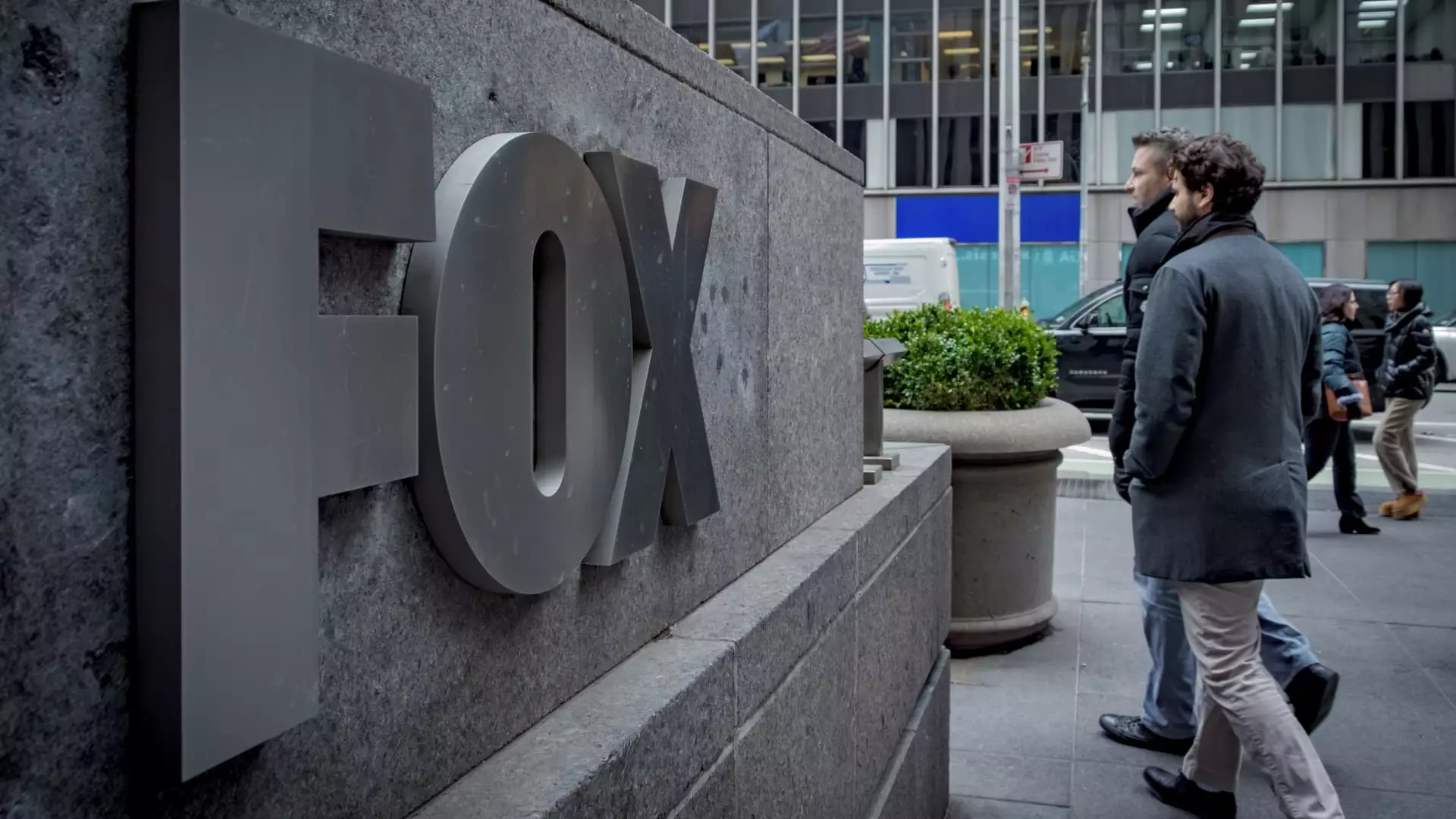In a market flooded with aggressive streaming giants, Fox’s latest move to launch Fox One reveals more hesitation than innovation. While many peers are pouring billions into exclusive content, original programming, and strategic acquisitions, Fox appears to tread cautiously, emphasizing modest expectations rather than bold expansion. This approach raises questions about whether the company truly understands the transformative power—and the urgency—of streaming in the modern media landscape.
Rather than positioning itself as a pioneer, Fox opts for a “wait and see” stance, offering a service that largely aggregates existing content. The absence of original shows and exclusive content signals a reluctance to take the risks associated with pioneering new storytelling formats or subscriber acquisition strategies. Instead, the company appears focused on maintaining its existing revenue streams—sports and news—while avoiding the substantial investments required to truly compete. This conservative stance, underpinned by a declared pricing model that’s “healthy” but not aggressive, suggests a company content with a secondary role rather than forcing itself into the forefront of digital entertainment.
The Cost of Complacency in a Disrupted Industry
Fox’s strategy also reveals a troubling complacency rooted in its historical resilience. Since selling off its entertainment assets to Disney in 2019, Fox has been insulated from the worst of the cord-cutting phenomena. Its core assets—sports, news, and cable—continue to generate revenue, but at what cost? While this shield has preserved profits, it risks making Fox increasingly irrelevant in the streaming era. The shift toward direct-to-consumer services is not just a trend but a seismic shift that demands bold, innovative responses.
By not investing in exclusive or groundbreaking content, and by opting for a relatively modest price point, Fox is betting that its existing reputation and audience will carry it through years of industry upheaval. Such a gamble may yield short-term benefits, but long-term survival in a space dominated by Netflix, Disney+, and others requires more than just upholding legacy programming. Without original content or strategic partnerships, Fox risks becoming a niche player—an afterthought in a landscape increasingly defined by original storytelling and exclusive rights.
Bundling and Consumer Choice: A Double-Edged Sword
Murdoch’s emphasis on bundling Fox One with other streaming services underscores a nuanced dilemma: how to remain relevant without cannibalizing traditional pay TV or alienating viewers. Such bundling can be beneficial, offering convenience, but it also raises concerns about market consolidation and reduced consumer choice. Fox’s desire to create “valuable bundles” may seem customer-friendly on the surface, but it hints at underlying apprehensions about competing directly with more aggressive streaming opponents.
Furthermore, the focus on targeting non-pay TV audiences while preserving pay TV remains a tightrope walk. Fox’s strategy seems to oscillate between maximizing existing revenue streams and cautiously exploring new avenues. This bipartite approach risks diluting brand value and confuses consumer expectations. Instead of outright leadership in streaming innovation, Fox appears stuck balancing on the edge of a new frontier, unsure whether to lead or merely follow.
Will Resistance to Change Hurt or Help?
Ultimately, Fox’s tepid entry into the streaming marketplace underscores a fundamental issue: resistance to change in a rapidly evolving industry. While a conservative approach can protect existing revenues, it also prevents the company from capitalizing on new growth opportunities. In an era where content is king and viewer preferences shift swiftly, playing it safe may prove to be a strategic mistake—especially if competitors continue to innovate and capture audience loyalty.
This hesitation reflects broader industry tensions. Many traditional media companies are grappling with how to transition successfully into the streaming era—balancing legacy assets with the need for fresh, compelling content tailored to a digital audience. Fox’s cautious strategy, prioritizing overhead control over content innovation, risks turning it into a follower rather than a leader. If the company doesn’t rethink its approach, it may find itself increasingly marginalized in a future where agility and originality are essential survival traits.

